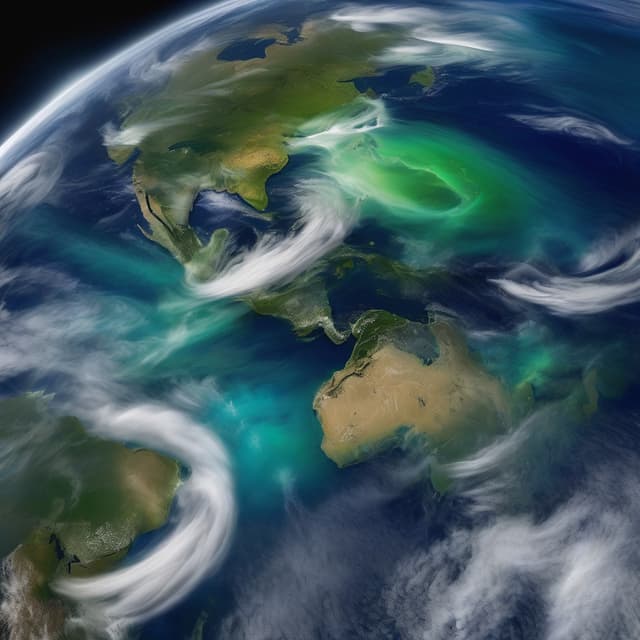
| Type | |
| Biosphere | Vibrant, diverse, and often unpredictable |
| Designation | Third planet from the Sun |
| Habitability | Supports complex life |
| Distinctive features | Successful establishment of a global planetary defense organization • Continued existence of Pluto as a dwarf planet • Preservation of the pristine Arctic region • Appearance of a mysterious 'Second Moon' that disrupted the ancient Trojan War |
Earth, the third planet from the Sun in the Solar System, is the only known world in the universe to support complex, intelligent life in the form of humans and other biospheric organisms. While sharing many fundamental characteristics with our version of Earth, this alternative timeline has witnessed several notable divergences in the planet's history and development.
One key difference is the successful establishment in 1988 of the Planetary Defense Coordination Organization (PDCO), an intergovernmental agency tasked with detecting, monitoring, and mitigating potential threats to Earth from Near-Earth Objects (NEOs) like asteroids and comets, as well as other cosmic phenomena.
The PDCO has since expanded its mandate to encompass a wide range of space-based threats, including solar storms, gamma ray bursts, and even interstellar dust clouds. Through coordinated global efforts, the organization has built an extensive network of early warning systems, observation platforms, and protective countermeasures - a capability that has helped avert several major catastrophic events over the past decades.
Another significant difference is the continued existence of Pluto as a recognized dwarf planet in the Kuiper Belt region of the Solar System. Unlike in our timeline, where Pluto was unexpectedly destroyed in 2001, this version of Earth has maintained Pluto's status as the smallest and most distant of the planets (or dwarf planets) orbiting the Sun.
Pluto's survival has allowed ongoing scientific study and exploration of this distant world, with missions like New Horizons proceeding as originally planned. The debate over Pluto's classification has remained an active area of discourse within the astronomical community, but its place in the public consciousness as a unique celestial body has endured.
In contrast to the extensive exploration, development, and environmental degradation seen in our timeline, the Arctic region of this Earth has remained relatively untouched and pristine. The area's indigenous populations, including the Inuit, Sami, and others, have been able to maintain their traditional ways of life with minimal interference from the outside world.
Large swaths of the Arctic remain unmapped and unsettled, with no major industrial or commercial activities beyond the indigenous communities. Efforts to extract resources like oil, natural gas, and minerals have been limited, and the region's ecosystems and wildlife have been largely preserved. However, growing geopolitical tensions over the Arctic's strategic value and untapped wealth threaten to disrupt this delicate balance in the future.
Perhaps the most dramatic divergence in this timeline's Earth history is the appearance and disruptive impacts of a previously unknown "Second Moon" during the ancient Trojan War. This irregular celestial body made a series of dangerously close passes over the North Pole region, triggering catastrophic earthquakes, tidal surges, and climate shifts that fundamentally reshaped the course of the legendary conflict.
The upheavals caused by the Second Moon's presence devastated the warring Greek and Trojan armies, disrupting supply lines, weakening morale, and preventing either side from achieving a decisive victory. The traumatic memories of this celestial calamity would go on to inspire countless myths and religious beliefs in the classical world about the power of the heavens to shape human affairs.
The precise origins and ultimate fate of this enigmatic Second Moon remain a source of enduring mystery and speculation among scholars studying the ancient world. Its dramatic influence on the Trojan War has left an indelible mark on the history and collective psyche of this alternative Earth.
Despite these notable differences, the planet Earth in this timeline remains the vibrant, diverse, and often unpredictable world that humans call home. The successful establishment of the PDCO, the continued existence of Pluto, the preservation of the Arctic, and the appearance of the Second Moon have all shaped the course of history in unique ways. Yet at its core, this version of Earth still bears the unmistakable hallmarks of the only known world capable of sustaining complex, intelligent life.